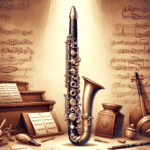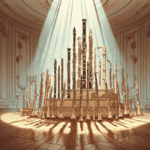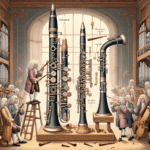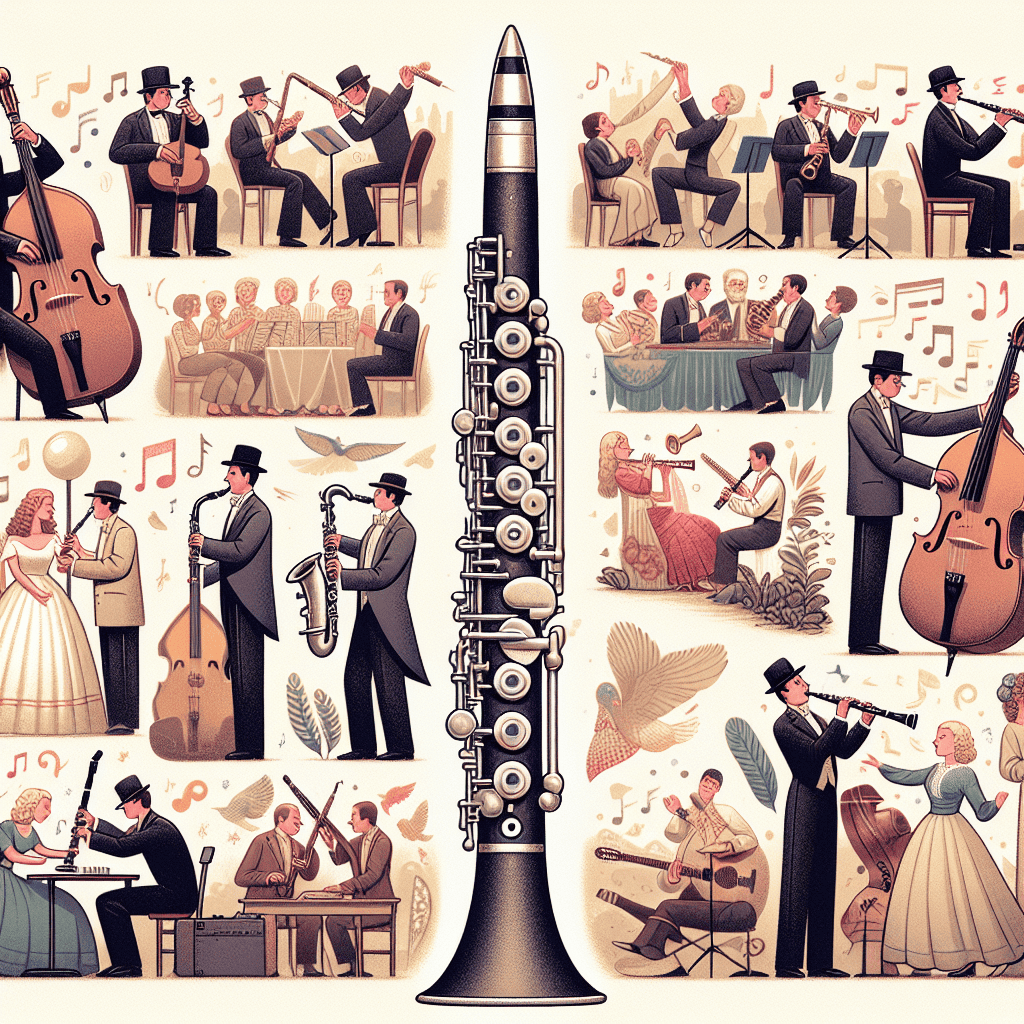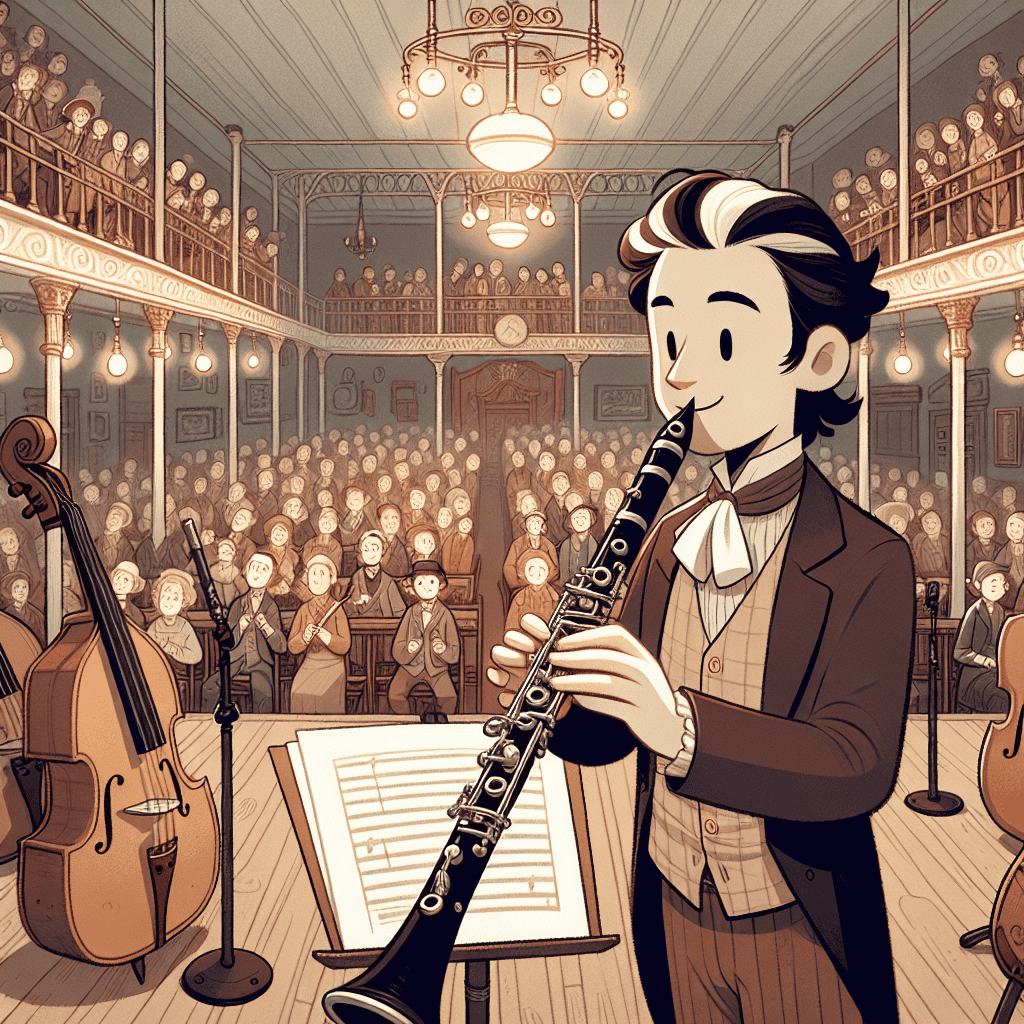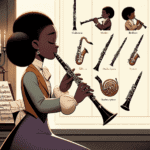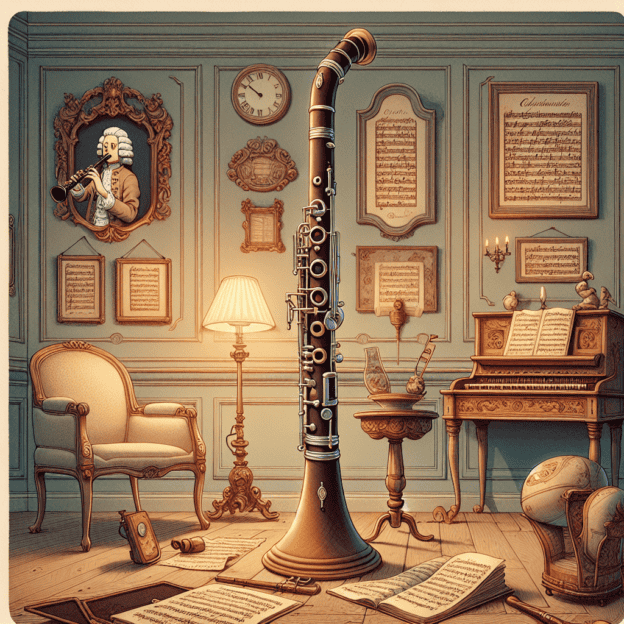The Baroque clarinet takes us on a musical journey through time, inviting musicians to discover its charm and historical importance. This guide explores what makes the Baroque clarinet special, covering its history, techniques, and maintenance tips. Throughout this article, you'll notice the term ‘Baroque clarinet' featured prominently, which helps boost its visibility in search results.
A Brief History of the Baroque Clarinet
The Baroque era, from about 1600 to 1750, brought significant changes and innovations to music. During this time, the clarinet began to take shape. Unlike today's clarinet with its many keys and wide range, the Baroque clarinet was simpler. It was typically made from boxwood and had fewer keys. Its mellow, soft sound blended beautifully with the music of that period.
Construction and Design
Craftsmen made the Baroque clarinet from wood, often boxwood, with a cylindrical bore. It usually had just a few keys, sometimes only two or three. This simple design gave it a unique sound. The mouthpiece was also different, with a wider opening that changed how players articulated notes and produced tones. The reed used on a Baroque clarinet was often more flexible than modern reeds, affecting how it played and the texture of its sound.
| Feature | Baroque Clarinet | Modern Clarinet |
|---|---|---|
| Material | Boxwood | Grenadilla wood or plastic |
| Number of Keys | 2-3 | 17-20 |
| Sound | Mellow and soft | Bright and penetrating |
| Mouthpiece | Wider opening | Narrower opening |
Playing Techniques
To play the Baroque clarinet well, musicians need to understand how people performed in the past. This includes learning about articulation patterns, ornament styles, and volume changes common in the 17th and 18th centuries. One interesting aspect of Baroque clarinet technique is how players articulate notes. They often use a lighter, more gentle tonguing method compared to the stronger style used on modern instruments. Players used vibrato sparingly, if at all, to keep the pure tone that Baroque composers wanted.
Breath Control
Good breath control is key to producing a smooth, steady tone on the Baroque clarinet. Take deep, consistent breaths. The instrument doesn't have the advanced key system of modern clarinets, so your breath support needs to make up for this. It helps ensure each note sounds clear and intentional.
Tips for Aspiring Baroque Clarinetists
If you're interested in exploring the Baroque clarinet, here are some helpful tips:
- Learn About History: Understanding the music and composers of the Baroque period can improve how you interpret and perform the music.
- Start with Easy Pieces: Begin with simpler music to get used to how the instrument works. The Baroque clarinet responds differently from modern clarinets, so give yourself time to adjust.
- Take Care of Your Instrument: Clean and oil the wood regularly to keep the instrument sounding good and lasting long. Always take the clarinet apart after playing and store it where the temperature and humidity don't change much.
- Listen and Learn: Listen to recordings of good Baroque clarinet players. This will help you understand how the instrument should sound and the styles used in Baroque music.
The Baroque Clarinet Compared to Modern Clarinets
How does a Baroque clarinet compare to modern ones? The biggest difference is in how they're made and how many keys they have. Modern clarinets usually have 17 to 20 keys, while Baroque clarinets often had just two or three. This changes how you finger notes and what notes you can easily play. Also, the Baroque clarinet sounds more muted and softer, very different from the bright, clear sound of today's clarinets.
Both types of clarinets have played important roles in many kinds of music throughout history. Modern clarinets have changed to play more types of music and handle more difficult techniques, but many musicians love the Baroque clarinet for its authentic historical sound, especially when playing early music.
Conclusion
Exploring the Baroque clarinet gives us a glimpse into musical history, offering a fresh view on how music has changed over time. Whether you're an experienced clarinet player or just starting out, learning about this instrument can deepen your appreciation for music performance. With some patience, practice, and interest in history, playing the Baroque clarinet can be a very rewarding experience.

